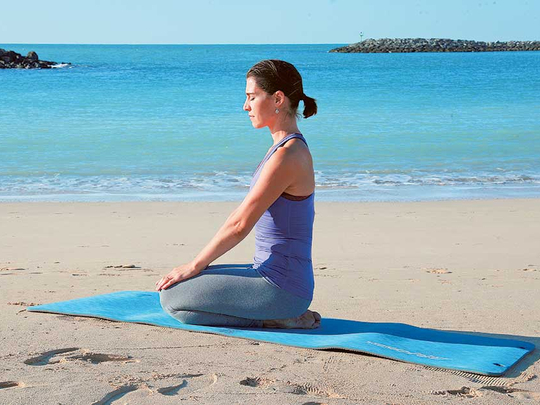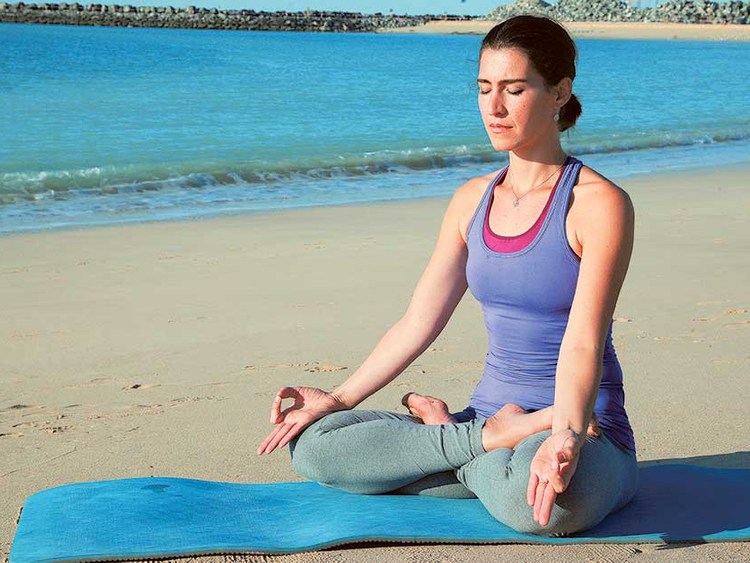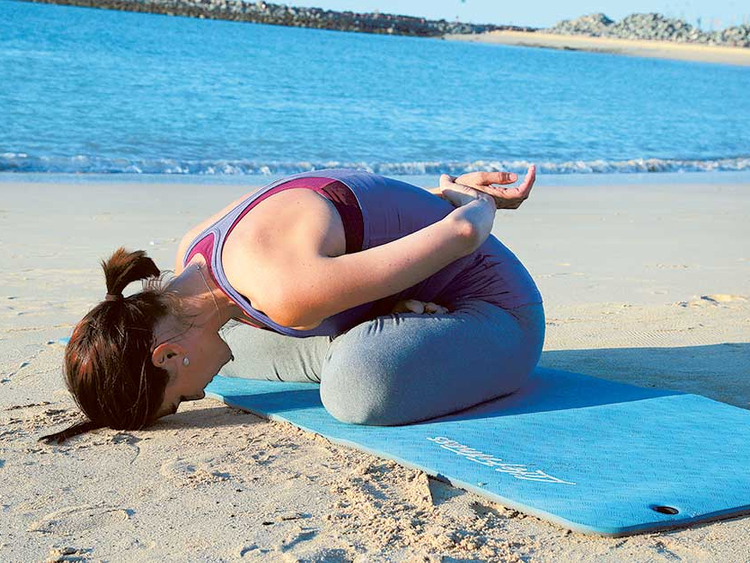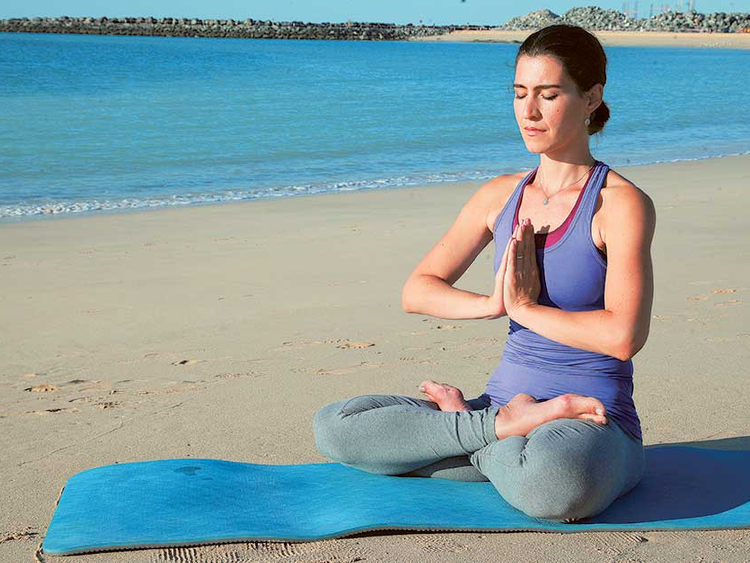
Chitta or consciousness or mind field is humongous and powerful. To improve chitta, one has to work on the buddhi or intellect. On the other hand, one has to also work on ahamkara or ego. As seen in the previous articles, buddhi can be sharpened by working on the observation and intuitive ability of an individual.
To work on the ego, yogis simply say do not speak or do things that hurt you or another.
Another important segment of buddhi is memory. Eat a balanced diet, eat almonds every day, sleep well, be kind to others and laugh to improve memory. There are several exercises also to enhance memory.
For example, make a list of 50-100 words and try to recollect them in the order they are written. Practice this every day. Again using the skill of observation will help in this exercise.
To understand chitta or consciousness further, one must also understand the following aspects.
Where is the mind?
If one sits still and tries to search for the mind, thoughts begin to appear – insecurity, fear, anger and jealousy. Like swimming, reading, dancing, we can say there is ‘minding’. Mind can be seen as a kriya or action or movement.
Stand in a mall and observe people. One is sad, one is excited, one is talking to himself, one appears lost and several other such impressions can be gathered. Yogis say there are as many minds as there are people, each being unique. Each human being is a universe in himself. So powerful is the mind.
The body-mind connection
Modern researchers have now established the connection between the body and mind. The five senses of sight, smell, taste, hearing and touch trigger reactions in the mind. The body can also control the mind. Yogis say the body contains the mind and mind contains the body. They have experimented with the ways that the body can help win the mind. The practice of asanas or postures is to master the human body in order to master the mind. There is extensive research being carried out to understand the effects of asana and pranayama or breath regulation in managing mental health issues today.
Inward and outward mind
There are five modifications of the mind – right knowledge, wrong knowledge, imagination, memory and sleep. But the mind can also reside outside the body. If someone else was to say something pleasing to the ego it makes the mind happy, while if someone says something disagreeable to the ego it makes the mind sad or depressed. Therefore the mind can be controlled from within the body, by relationships, by beliefs and many other factors. Thus the mind can also be seen as a ‘crowd’. Therefore when one meditates, it is not easy to switch off all the channels. Acceptance that the mind is a crowd is the beginning of yoga.
The basis of meditation techniques is to turn inward and connect to the channel called the Self. In yoga unlike the saying, empty mind is God’s workshop. The first step to conquer the mind is to start preparing the body.
Practice of the week
Vajrasana
Padmasana
Yog Mudrasana
Anjali Mudra
Next week: The first yoga sutra















